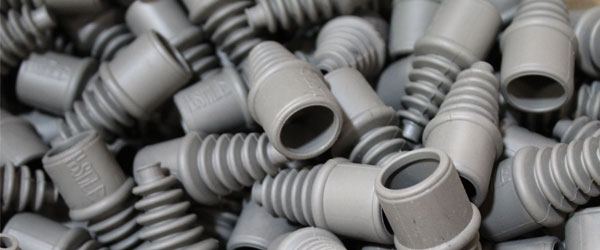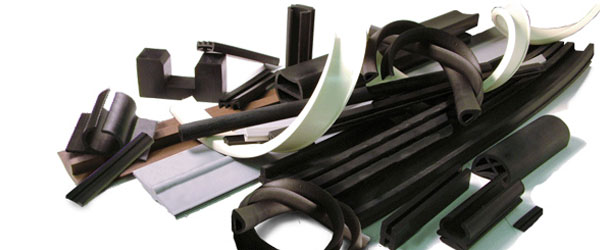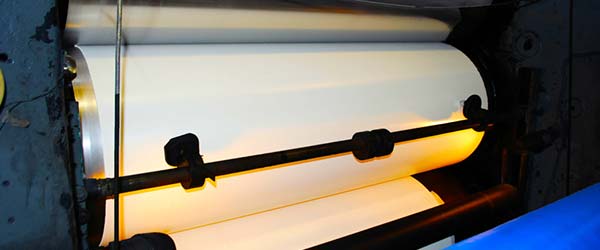Rubber Definitions
Rubber Technology Definitions
Tel: (909) 758-4715 | Email: custserv@goodyearrubber.com
Stress Terms
- Stress is defined as force per unit area. It has the same units as pressure, and in fact pressure is one special variety of stress. However, stress is a much more complex quantity than pressure because it varies both with direction and with the surface it acts on.
- Compression – Stress that acts to shorten an object.
- Tension – Stress that acts to lengthen an object.
- Normal Stress – Stress that acts perpendicular to a surface. Can be either compressional or tensional.
- Shear – Stress that acts parallel to a surface. It can cause one object to slide over another. It also tends to deform originally rectangular objects into parallelograms. The most general definition is that shear acts to change the angles in an object.
Strain Terms
- Strain is defined as the amount of deformation an object experiences compared to its original size and shape. For example, if a block 10 cm on a side is deformed so that it becomes 9 cm long, the strain is (10-9)/10 or 0.1 (sometimes expressed in percent, in this case 10 percent.) Note that strain is dimensionless.
- Longitudinal or Linear Strain – Strain that changes the length of a line without changing its direction. Can be either compressional or tensional.
- Compression – Longitudinal strain that shortens an object.
- Tension – Longitudinal strain that lengthens an object.
- Shear – Strain that changes the angles of an object. Shear causes lines to rotate.
 (909) 987-1774
(909) 987-1774 Email Us
Email Us






